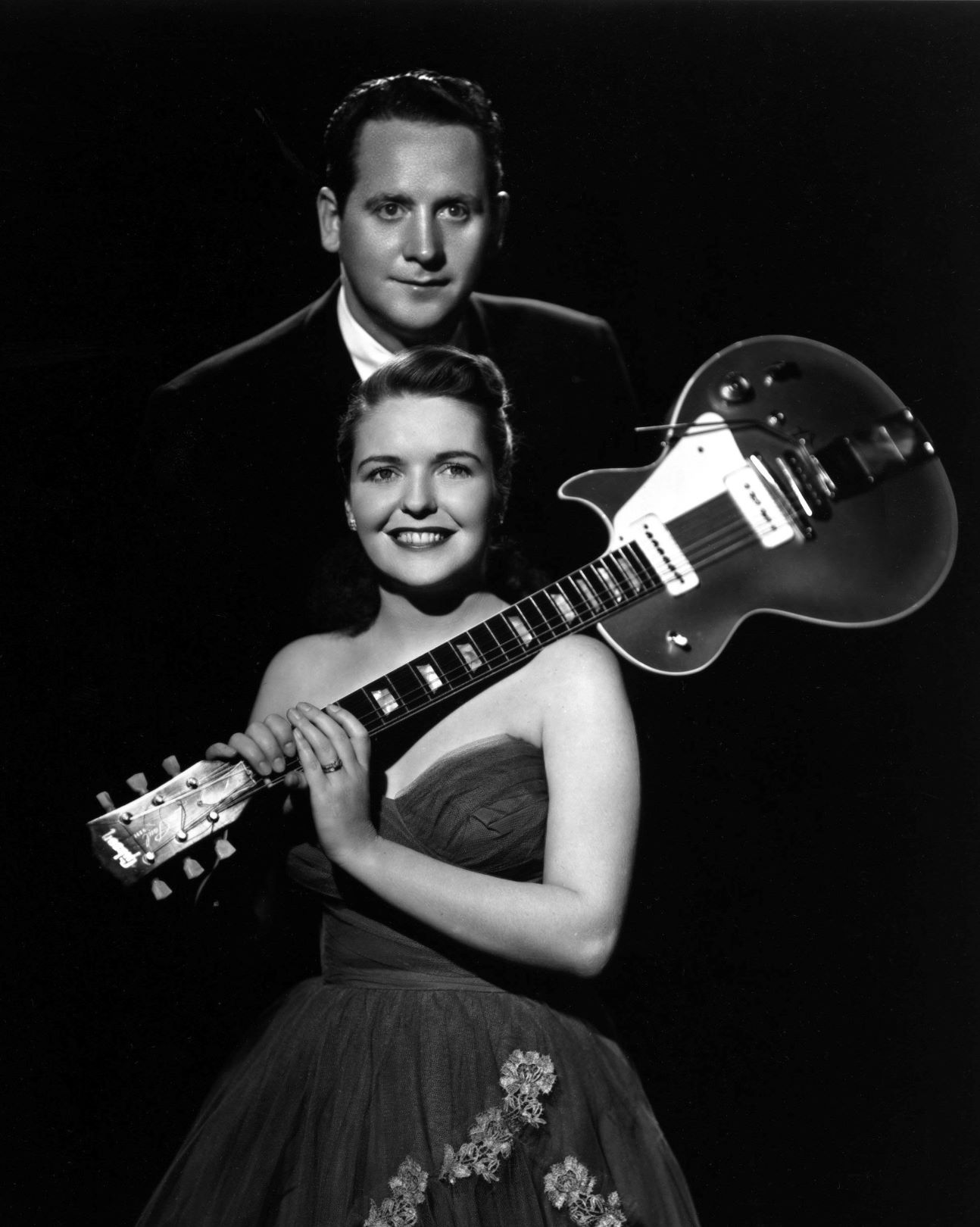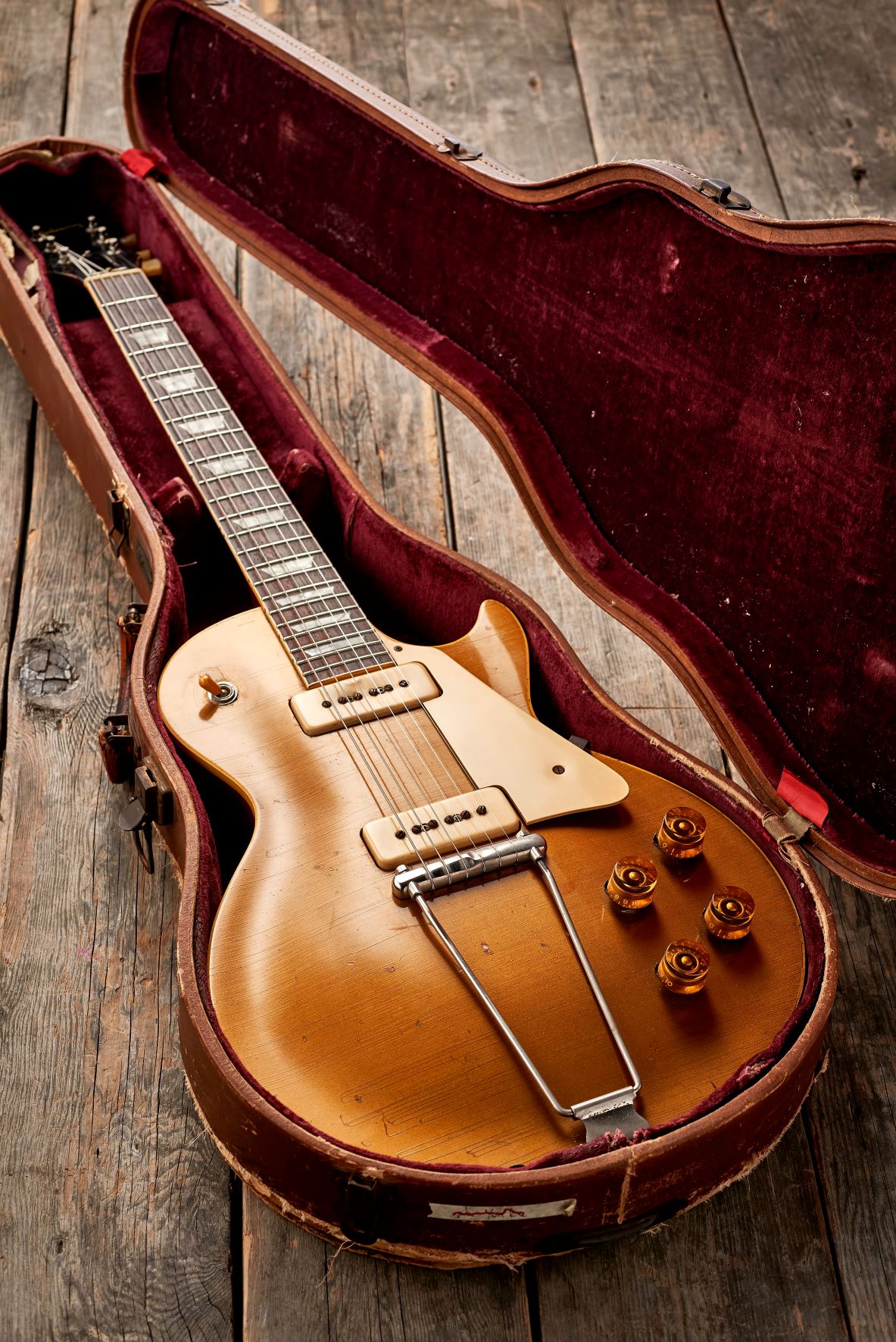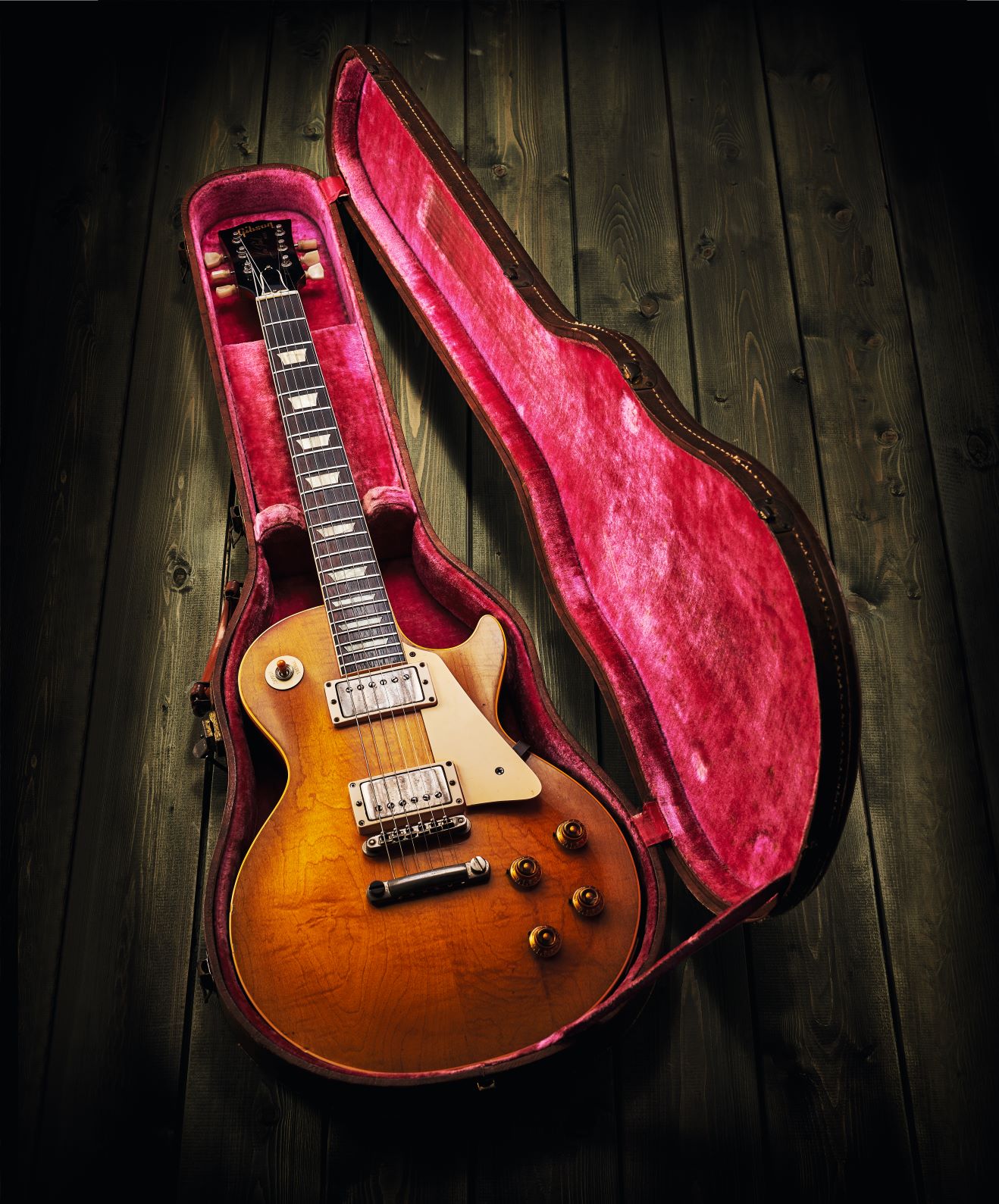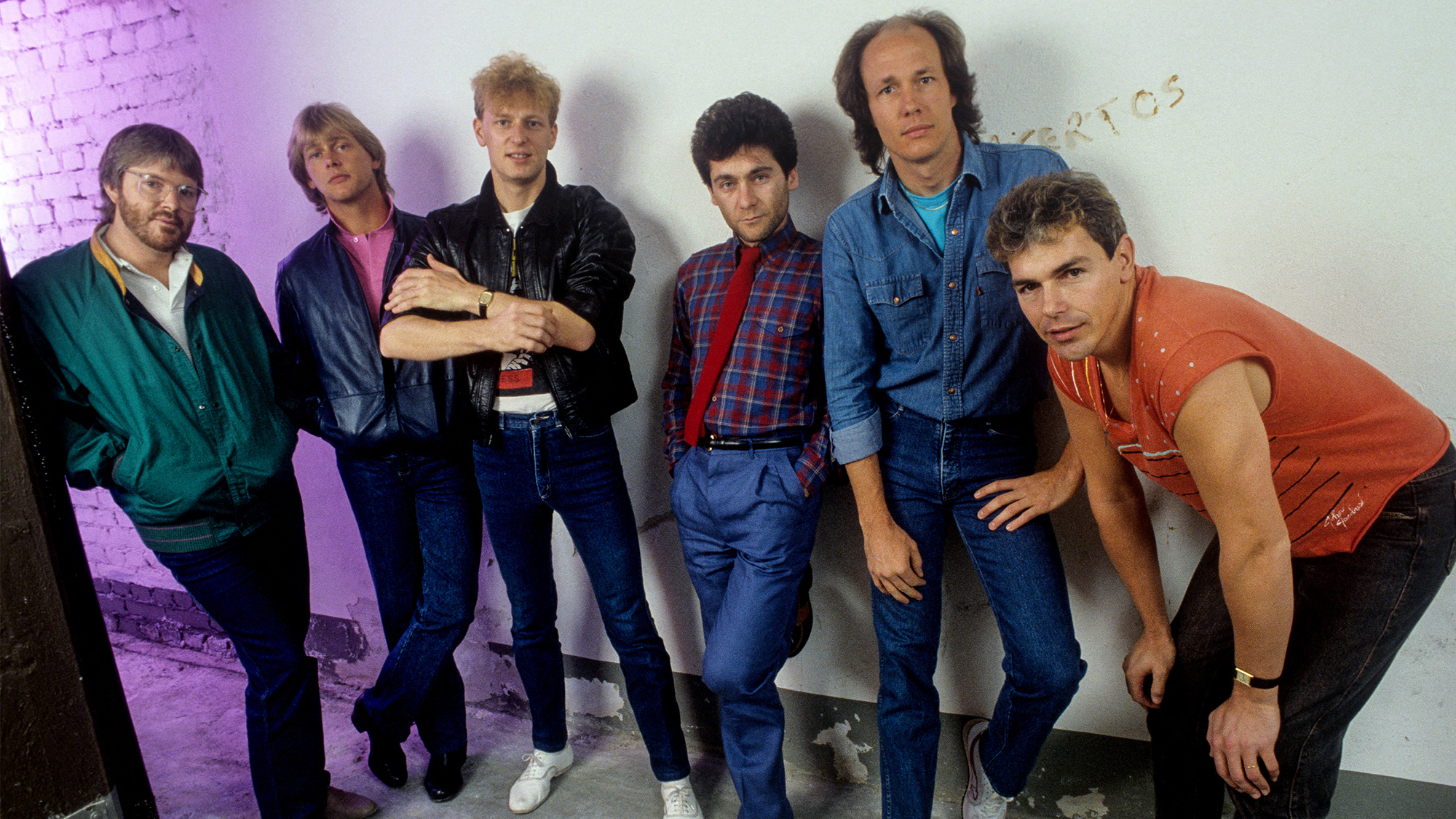Watch Les Paul Give Ignorant Guitarist His Comeuppance
Remembering the great Les Paul with fondness (and a beer).

This week marks the passing of virtuoso and inventor Lester William Polsfuss aka Les Paul (1915-2009). A true pioneer of the solidbody electric guitar, Les Paul walked an equally trailblazing path as a recording studio innovator while exploring various techniques using tape such as multitracking, sound-on-sound, phasing, pitch manipulation, and delay.
Achieving great popularity in the 1940s and ‘50s alongside his partner Iris Colleen Summers aka Mary Ford, Les Paul’s perseverance with his ‘Log’ electric solidbody prototype helped steer Gibson into producing ultimately their most successful guitar, the Les Paul Standard.

Released in 1952, the Les Paul Model/'Goldtop' features dual ‘soapbar’ P-90s with white plastic covers and a striking gold finish. Throughout the remainder of the 1950s, the model's design gradually changed. In 1953, a 'wrapover' stud bridge/tailpiece replaced the original combination trapeze bridge/tailpiece, which was in turn replaced with the intonation-friendly ABR-1 Tune-o-matic bridge and 'stop' tailpiece in 1955.

In 1957, the Les Paul Model was upgraded with Gibson’s new PAF humbucker pickups, while the following year saw the original gold finish replaced by a cherry sunburst. At this point, the guitar’s name changed to Les Paul Standard. Known as the ‘Burst, these guitars eventually became the most iconic axes in hard rock alongside the Fender Stratocaster.

While Les Paul was arguably the most prominent electric guitarist of America’s post-war years (hence Gibson’s enthusiasm to get him on board) his popularity and fame naturally waned as a new generation of guitarists emerged during the rock ‘n’ roll era. As George Gruhn, vintage guitar expert and proprietor of Nashville's Gruhn Guitars, once told Guitarist magazine: “By the time [Gibson] reintroduced the Les Paul in ’68, most of the kids who wanted a Les Paul barely knew who Les Paul was. They wanted one because people like Mike Bloomfield wanted one… I even had one guy call me and ask if I could get him a “lay Paul” model!”

Nevertheless, Les Paul’s legacy will always be remembered – his name writ large on the headstocks of electric guitars played by millions… As the great man himself rightly points out in this ‘90s Coors beer commercial.
Cheers to that, Les!
All the latest guitar news, interviews, lessons, reviews, deals and more, direct to your inbox!
Rod Brakes is a music journalist with an expertise in guitars. Having spent many years at the coalface as a guitar dealer and tech, Rod's more recent work as a writer covering artists, industry pros and gear includes contributions for leading publications and websites such as Guitarist, Total Guitar, Guitar World, Guitar Player and MusicRadar in addition to specialist music books, blogs and social media. He is also a lifelong musician.

